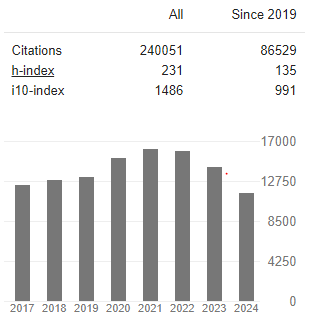Epidemiology of Breast Cancer in Young Lebanese Women Under the age of 40 Years: Retrospective Study in Lebanon between the Years 2011 and 2017
Abstract
Ali H Kassem, Ahmad S Khalil, Emilia S El Houjeiry, Kamal Al Zahran and Evelyne G Helou
Background: Breast cancer is the most common non-skin malignancy affecting females in the world. In Lebanon, breast cancer rates are gradually increasing and young females are being more frequently affected. Few studies are available concerning this particular population.
Objectives: This study aims to estimate the epidemiology of breast cancer in the young Lebanese females below the age of 40 with identification of variable characteristics and risk factors of the disease and ultimately, comparing our findings to other Arab countries.
Methods: Breast cancer cases diagnosed at ≤ 40 years of age between 2011 and 2017 were collected from patient’s files in the Lebanese Hospital Geitaoui and Mount Lebanon Hospital, including the variable risk factors and tumors characteristics. The statistical data analysis was performed using SPSS statistics software.
Results: 862 females were diagnosed with breast cancer in the aforementioned hospitals and forty-four were ≤ 40 years. The prevalence of breast cancer in the young Lebanese females is found to be 5.1%. Majority of cases (81.8%) were initially detected by breast self-examination. 20.5% had a positive family history. Infiltrative ductal carcinoma is the predominant histological subtype and grade 2 the most common histological grade. Estrogen and progesterone receptors are positive in 26 subjects and HER2/Neu receptors positive in 17 subjects. Most of cases were in stage 2A. Only 2 patients had BRCA gene testing done.
Conclusion: The early onset breast cancer is not only related to the presence of a positive family history; other factors should be actively investigated. Breast self-examination should be considered as a screening method of breast cancer in young females at high risk.



